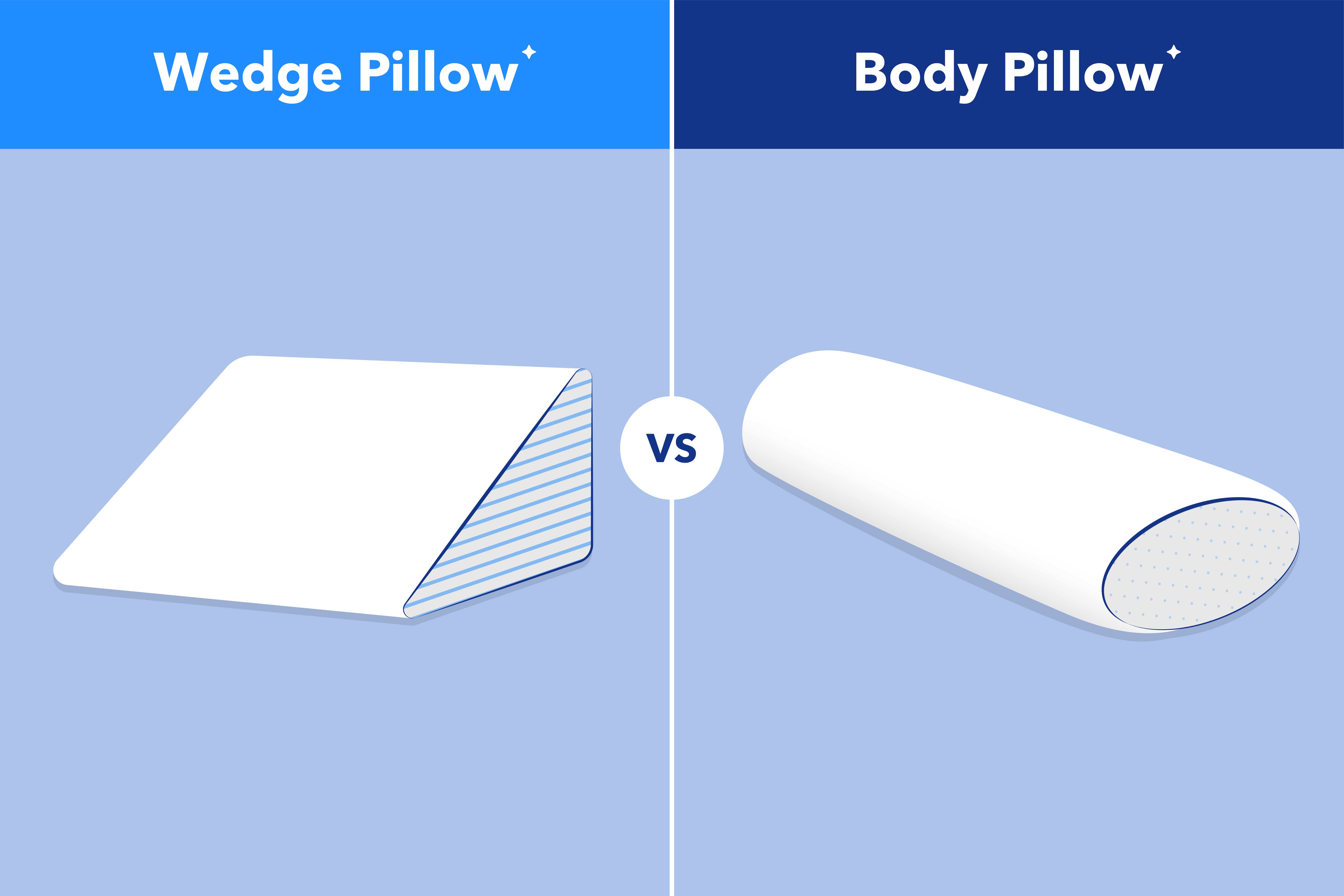Key Takeaways
- Cost-Effective Solution: Mending holes in your sheets is a budget-friendly way to extend their lifespan, saving you money in the long run. Instead of immediately replacing damaged sheets, you can repair them with basic sewing tools, minimizing waste and maximizing utility.
- Simple DIY Process: Repairing a hole in sheets is a straightforward DIY task that doesn’t require advanced sewing skills. With just a needle, matching thread, scissors, and optionally a patch of fabric for larger holes, you can mend your sheets at home. Following the step-by-step instructions provided can help you achieve a neat and durable repair.
- Regular Maintenance: Inspecting your sheets for signs of wear and tear, such as holes, frayed edges, or thinning fabric, can help you catch minor issues early. By addressing small damages promptly, you can prevent them from worsening and prolong the lifespan of your sheets. Additionally, following proper laundering instructions can contribute to maintaining the quality of your bedding.
Have you ever discovered a hole in your favorite set of sheets? It can be frustrating, especially if they’re relatively new or have sentimental value.
You might think that you need to replace them, but that’s not always necessary. Mending a hole in your sheets is a simple task that anyone can do with a few basic tools and a little bit of time.
By fixing the hole yourself, you’ll save money and extend the life of your bedding. In this article, we’ll guide you through the process of repairing a hole in your sheets, step by step.
Quick Guide: A 30-Second Summary
| Best Bamboo Sheets | Amerisleep Bamboo Sheets |
What You’ll Need
These basic sewing supplies are all you need to fix a hole in your sheets:
- A needle
- Thread that matches your sheets
- Scissors
- A patch of fabric (if the hole is large)
If you don’t have a sewing kit at home, you can easily find these items at a local craft store or online. Once you have your tools ready, you can start mending your sheets and save them from the trash bin.
Prepare the Hole
Before you start mending, take a close look at the hole in your sheet. Using your scissors, carefully trim away any loose or frayed threads surrounding the hole.
This preparation step will make the mending process much easier, as you won’t have to work around any stray threads. Trimming the loose threads will also give your repair a cleaner, neater appearance once you’ve finished sewing.
Thread the Needle
Cut a piece of thread that measures approximately 18 inches in length. This will give you plenty of thread to work with, so you won’t have to stop and re-thread your needle in the middle of the repair.
Once you’ve cut your thread, carefully thread it through the eye of the needle. To secure the thread, tie a small knot at the end, ensuring it’s large enough to prevent the thread from slipping through the fabric as you sew.
Begin Sewing
With your needle threaded and the hole prepared, it’s time to start sewing. Push the needle through the back of the sheet, bringing it to the front about 1/4 inch away from the edge of the hole.
Then, pull the thread through until you feel the knot catch on the fabric. This will anchor your thread and provide a starting point for your repair.
Stitch the Hole Closed
Now that your thread is anchored, begin stitching around the edges of the hole using small, even stitches. Make sure each stitch is close to the previous one, creating a tight and strong repair.
Continue sewing in this manner until you’ve gone all the way around the hole, closing it completely.
Secure the Thread
After you’ve stitched around the entire hole, it’s important to secure your thread to prevent the repair from unraveling. To do this, make a small stitch on the back of the sheet, close to where you finished your repair.
Then, tie off the thread with a tight knot and carefully cut off any excess thread. Your mended sheet is now ready to use!
Patch Large Holes (Optional)
If the hole in your sheet is too large to stitch closed, you may need to use a patch of fabric to cover it. To do this, start by finding a piece of fabric that closely matches your sheet in color and texture. Cut the fabric into a patch that is slightly larger than the hole, ensuring that it will cover the entire damaged area.
Place the patch over the hole and follow steps 3-5 to sew it securely in place. Begin by anchoring your thread on the back of the sheet, then stitch around the edges of the patch using small, even stitches.
Once you’ve sewn all the way around, secure your thread on the back of the sheet with a knot and trim any excess. Your sheet will now have a neatly patched repair that will extend its life.
Methods for Mending Holes
- Hand Sewing Method: Follow the steps outlined above to mend your sheets using a needle and thread. This method is ideal for small holes and tears, and it allows for precise control over the repair.
- Sewing Machine Method: If you have a sewing machine, you can use it to mend larger holes or tears in your sheets. Set your machine to a zigzag stitch and follow the same steps as hand sewing, using the machine to stitch around the hole or attach a patch. This method is faster than hand sewing and can provide a stronger repair.
When to Replace Sheets
While mending holes can extend the life of your sheets, there comes a time when it’s best to replace them altogether. Here are some signs that it may be time to invest in new sheets:
- Extensive damage: If your sheets have multiple holes, large tears, or significant fraying, it may be more cost-effective and time-efficient to replace them rather than attempting to repair the damage.
- Thinning fabric: Over time, sheets can become thin and worn due to regular use and washing. If you can see through the fabric when you hold it up to the light, or if the sheets feel rough and uncomfortable, it’s time for a replacement.
- Stains or discoloration: Stubborn stains or yellowing can detract from the appearance and hygiene of your sheets. If you’ve tried washing, spot-treating the stains, and whitening sheets with no success, consider replacing the sheets for a fresher, cleaner look and feel.
- Age: Even with proper care, sheets have a limited lifespan. Most experts recommend replacing sheets every 2-3 years, depending on the quality of the fabric and how often they are used and washed.
If you have a favorite set of sheets that you want to keep for as long as possible, mending small holes and tears can be a great way to extend their life. Watch out for the pilling sheets that usually signal greater fraying to come.
However, if your sheets are showing signs of wear and tear that go beyond a simple repair, it may be time to invest in a new set for a more comfortable and restful sleep. You can repurpose old sheets into other home items, too, perfect for any particularly loved sheets with high-quality fabric.
FAQs
How do you repair a tear in a sheet?
To repair a tear in a sheet, start by trimming any frayed edges around the tear using scissors to create a clean edge. Then, choose a method of repair based on the size and location of the tear. For small tears, you can use an iron-on patch or fabric adhesive to bond the edges together.
For larger tears, sewing the edges together using a sewing machine or hand stitching is more effective and durable. If the tear is along a seam, you can remove the stitching, realign the edges, and re-sew the seam for a seamless repair.
What to do with torn bed sheets?
If your bed sheets are torn beyond repair or you prefer not to mend them, there are several ways to repurpose the fabric. Cut the sheets into smaller pieces to create cleaning rags for dusting, wiping down surfaces, or washing your car. You can also use the fabric to make other household items like pillowcases, curtains, or even a patchwork quilt.
If the tears are small and the overall sheet is still in good condition, consider donating them to a local animal shelter, as they often use old bedding for pet bedding. Lastly, if the fabric is not suitable for reuse, recycle the sheets through a textile recycling program to reduce waste.
Can I use a sewing machine to mend smaller holes in my sheets?
While a sewing machine can be useful for mending larger holes or tears in sheets, it may not be the best choice for smaller holes. Sewing machines can be more difficult to maneuver in tight spaces, and the stitches may end up looking more noticeable than hand stitching.
For smaller holes, hand sewing allows for more precise control and the ability to create tiny, inconspicuous stitches. However, if you feel more comfortable using a sewing machine and have experience with detailed work, you can certainly use it for smaller repairs as well.
How can I reinforce my repair to make it last longer?
Consider using a few extra stitches. After mending the hole or attaching a patch, you can add a second layer of stitches around the perimeter of the repair to provide extra stability.
Using a thicker, more durable thread, such as a heavy-duty cotton quilting thread or nylon polyester, can also help strengthen the repair. Either way, be sure to secure your thread properly at the beginning and end of your stitching to prevent the repair from unraveling over time.
Can I use an iron-on patch instead of sewing?
While iron-on patches may seem like a quick and easy solution for fixing holes in sheets, they are not always the best option. Iron-on patches may not adhere well to the fabric of your sheets, especially if the sheets have a high thread count or a smooth finish.
Furthermore, iron-on patches can feel stiff and uncomfortable against your skin, which may disrupt your sleep. Sewing a patch or mending the hole with a needle and thread provides a more durable, comfortable, and long-lasting repair.
How often should I inspect my sheets for holes or tears?
Aim to check your sheets at least once a month, or more frequently if you notice any issues. Look for small holes, frayed edges, or thin areas that may be prone to tearing. By catching and repairing these problems early, you can extend the life of your sheets and avoid the need for more extensive mending later on.
And be sure to follow the manufacturer’s laundry care instructions when washing and drying your sheets to minimize the risk of damage.
What if I don’t have thread that perfectly matches my sheets?
If you don’t have a same-colored thread, choose a color that is as close as possible or opt for a neutral shade like white or off-white. When mending sheets, the goal is to make the repair as inconspicuous as possible, so a slight difference in thread color is usually not noticeable.
If you’re concerned about the thread being visible, you can always test the color on a small, inconspicuous area of the sheet before beginning your repair.
How do I prevent my stitches from looking messy?
To keep your stitches looking neat and even, it’s essential to take your time and maintain consistent tension on the thread as you sew. Begin by making small, even stitches and ensure that each stitch is close to the previous one.
As you sew, avoid pulling the thread too tight, as this can cause puckering or bunching of the fabric. If you find that your stitches are becoming messy or uneven, take a moment to pause, readjust your needle and thread, and continue sewing slowly and carefully.
Can I use any type of fabric for patching a large hole in my sheets?
No, it’s best to select a material that closely matches the color, texture, and weight of your sheets. This will ensure that the patch blends in seamlessly and doesn’t cause discomfort while you sleep.
Cotton or cotton blend fabrics are often the best choice for patching sheets, as they are breathable and easy to work with. Avoid using heavy or stiff fabrics, as they may feel uncomfortable against your skin.
Conclusion
Mending holes in your sheets is a simple and cost-effective way to extend the life of your bedding. With a few basic tools and a little bit of time, you can repair small holes or tears and even patch larger ones.
Whether you choose to mend your sheets by hand or use a sewing machine, the key is to take your time, use a matching thread, and keep your stitches small and even.
By following the steps outlined in this guide and regularly inspecting your sheets for signs of wear, you can keep your bedding looking and feeling great for years to come.
So, the next time you discover a hole in your sheets, don’t throw them away – grab your needle and thread and give them a new lease on life!
About the author
April Mayer is a sleep expert and writer with a degree in exercise physiology. She has dedicated her career to exploring the relationship between sleep and productivity. Her insightful articles, such as "The Surprising Way Your Mood Might Be Messing With Your Productivity" and "Wake Up to More Productive Mornings," have been featured in reputable publications like Forbes, Greatist, Real Homes, Thrillist, Tom's Guide, and Eat This, Not That. With a passion for helping others lead more productive lives through restful sleep, April offers valuable expertise on foods and vitamins for better sleep. As a trusted member of the Early Bird team since March 2020, she continues to provide informative and well-researched content.
View all posts





